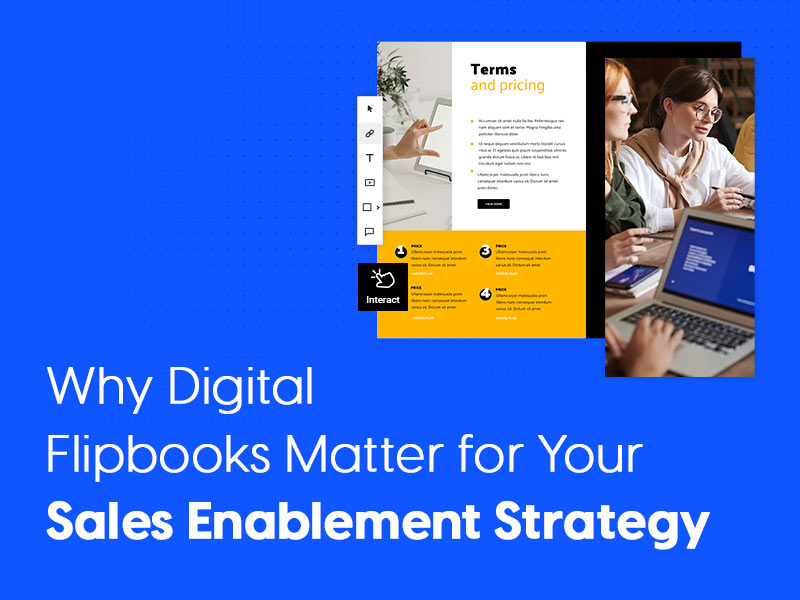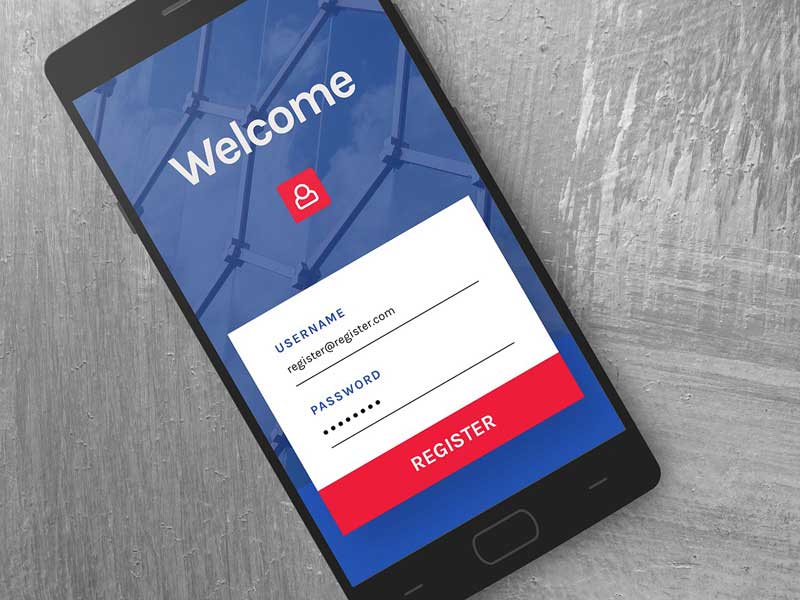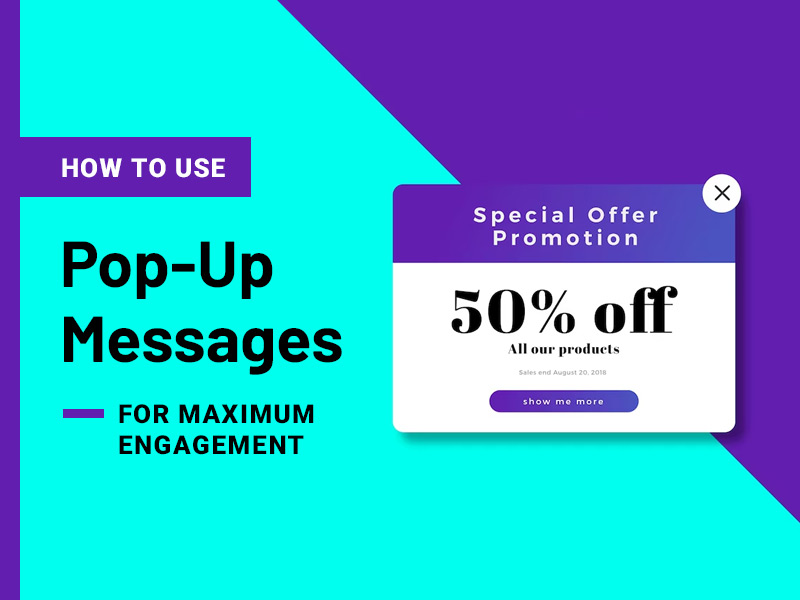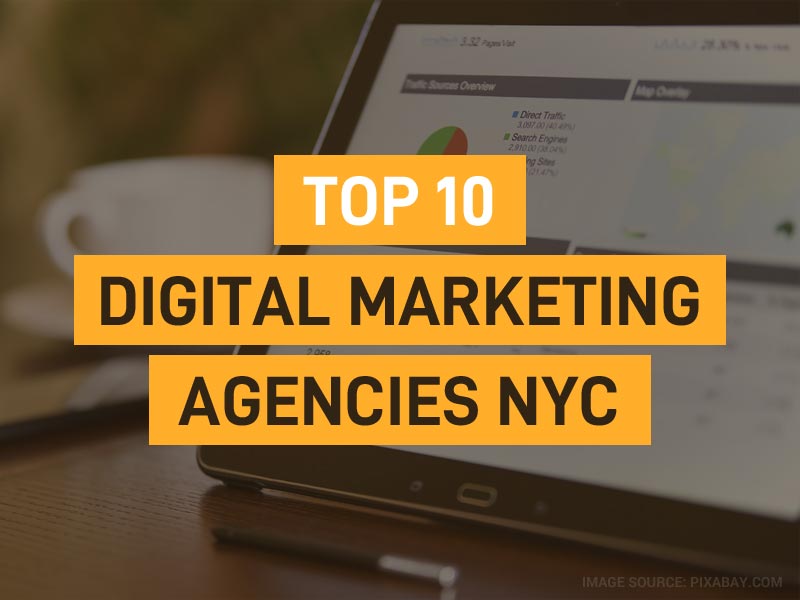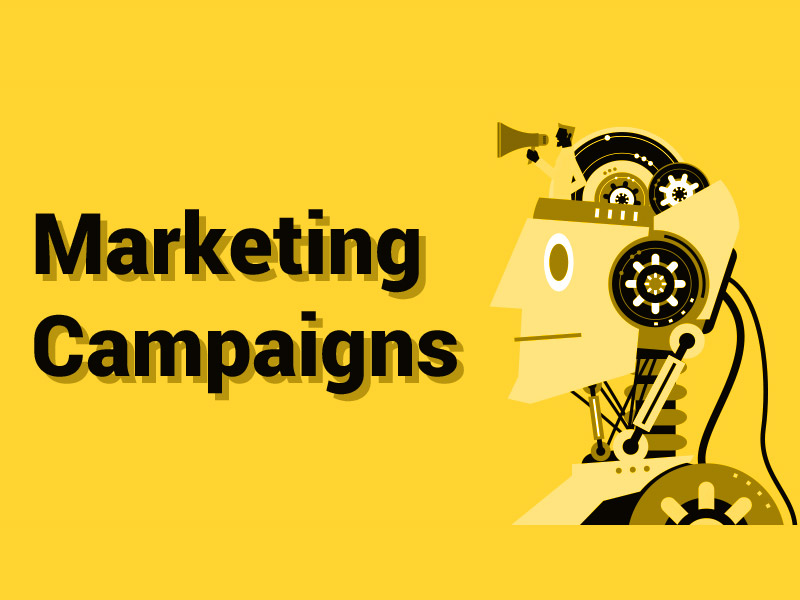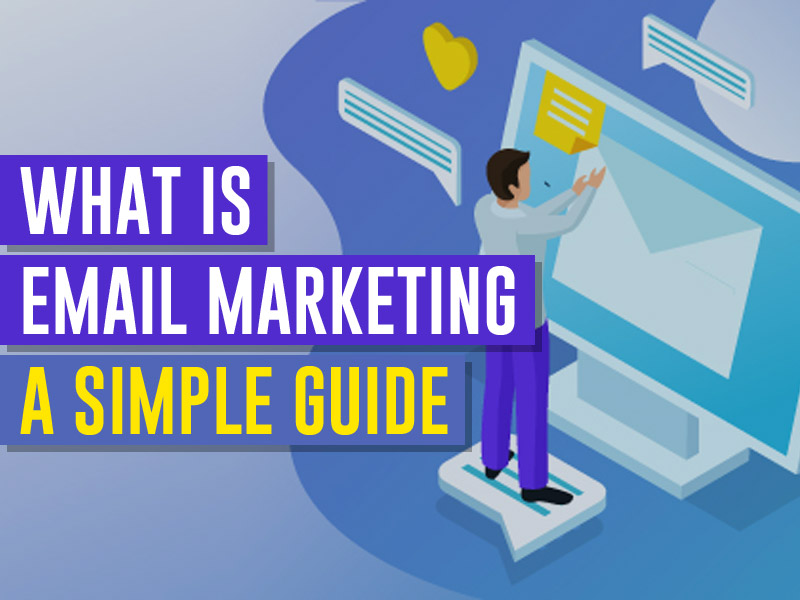Given the pandemic context, the sales industry is an ever-expanding domain constantly seeking to change its approach.
Today’s modern buyer is digitally connected to every online shop out there. Within a few clicks, he can complete the sale-buy process and purchase without the need for actual interaction.
Digitalization has a lot to do with how the sales industry is working now; from advertising to the acquisition, most of the process is cloud-based.
What is sales enablement?
Sales enablement is a process that merges two different, yet complementary departments: sales and marketing. What brings them together? Aiming towards achieving the same goal: revenue.
The entire process offers all the necessary channels and resources to close more deals. A sales enablement process involves all the content produced on your website, all the leads provided by your sales team, and all the means you have at your disposal to make your products or services stand out. These efforts to equip the teams with content and guidance will help increase your sales figures.
Whether we’re talking about a sales team or an individual seller, you first need to develop a focused and customer-driven sales enablement strategy to implement an efficient sales enablement plan.
Sales enablement strategy
As previously stated, a sales enablement strategy requires the alignment of sales and marketing departments, so let’s dive in and see how this would proceed further.
First of all, both teams have to establish the resources needed to simplify the entire selling process.
The next step is to make sure those resources are helping the customers to see the benefits of buying a specific product or service.
And last but not least, both teams have to implement a strategy that involves reviews or retrospectives to see the results they managed to gather and what they can improve about them.
To better understand what a sales enablement strategy implies, you should outline your core values as a starting point.
Key Points:
- First of all, you need to set a clear and precise goal; there is no road map to success without clear guidelines.
- The following step is to target your audience; specifically, you can not achieve your goals unless you know your target buyer very well. Targeting the right audience is crucial to any kind of business. To keep your customers loyal, make sure you keep them engaged during the entire process, and after they make the acquisition, look for their feedback.
- The final step from this shortlist of key points would be to build a content strategy, so make sure to develop effective content as measured by engagement and impact on revenue.
Overall, communication is the most important aspect of any business strategy, and nowadays, technology offers easier and more efficient means to do it.
Digital flipbooks constitute a significant improvement in communication channels. They can bring a substantial contribution to your sales enablement strategy, so let’s dive into it and see a few of the advantages of using them.
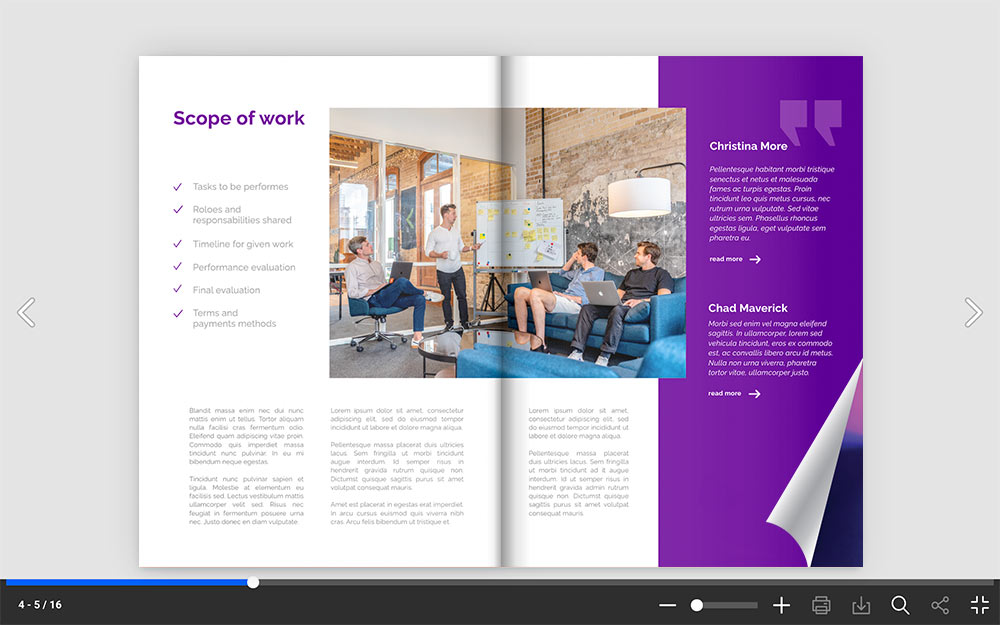
1. Digital flipbooks are easy to use
There are many advantages of using flipbooks, but the most important one is that they are very easy to use even for those who are not particularly tech-savvy, so anyone can create and design their own reports, presentations, charts, you name it, within seconds.
You can easily upload your PDF document and convert it into a flipbook.
2. Digital flipbooks are interactive
Unlike any other dull and static documents, flipbooks are more appealing to readers due to the fact that they have interactive features.
In this way, you can easily create a memorable impression in front of your team or clients by adding interactivity. To be more specific, within a few clicks, you can design your sales reports with interactive elements, such as videos, audios, links, popup frames, tags, and captions.
3. Digital flipbooks allow users to keep track of statistics
Statistics is an essential tool for your sales enablement strategy; they allow you to evaluate claims based on quantitative evidence.
Digital flipbooks are able to provide statistics due to their integrated option. This feature allows users to see which part of their report or presentation engages more audience, counting the number of views and impressions, what devices your team or clients are using when they’re viewing your content and the average time spent on your flipbook.
Moreover, users can connect their Google Analytics account to their flipbook to see more specific data about their audience, such as demographic elements and other important pieces of information, that would help them better understand their achievements so far.
4. Digital flipbooks can integrate lead generation forms
If you want to boost up your sales numbers, consider adding lead generation forms into your flipbook.
It would be an innovative and effective way to help your sales team collect audience information.
Therefore, your readers would be able to see your presentation only if they complete your lead form with their email address, the company they’re working for, their phone number, or any other information you require and include in your form.
Keep in mind that you can customize your lead forms according to your needs, and they can help you reach directly the people that have already shown interest in your product or service.
Also read: Lead Qualification – Why Defining a Lead Properly is Important
5. Digital flipbooks provide a teamwork environment
Another important advantage of using flipbooks is that they offer efficient collaboration channels.
It will be easier for your sales and marketing departments to work together, considering that you can keep the entire team on the same document by creating and sharing a workspace. In addition, you can set for each project a different workspace and select specific roles for your team members, such as administrator, editor, or contributor.
This will help keep your team up to date with the progress of your sales enablement strategy.
6. Digital flipbooks can be used as an internal communication tool
Flipbooks can be used as internal communication tools due to the fact that they allow you to create secured documents and share them exclusively with specific members of the company.
Moreover, by using flipbooks, you can restrict access to your private materials, such as personal information, onboarding documents, and other internal data. It is also an easier way to distribute your interactive presentation or report in a more private manner.
Conclusion
Overall, the sales industry is in continuous change and so must be your efforts to succeed in this domain. Therefore the purpose of a sales enablement strategy is to increase revenue through relevant content and clear guidance. Digital flipbooks are a more interactive and effective way to achieve that, so start creating your made-to-measure presentations and see by yourself how this tool can boost your sales.
